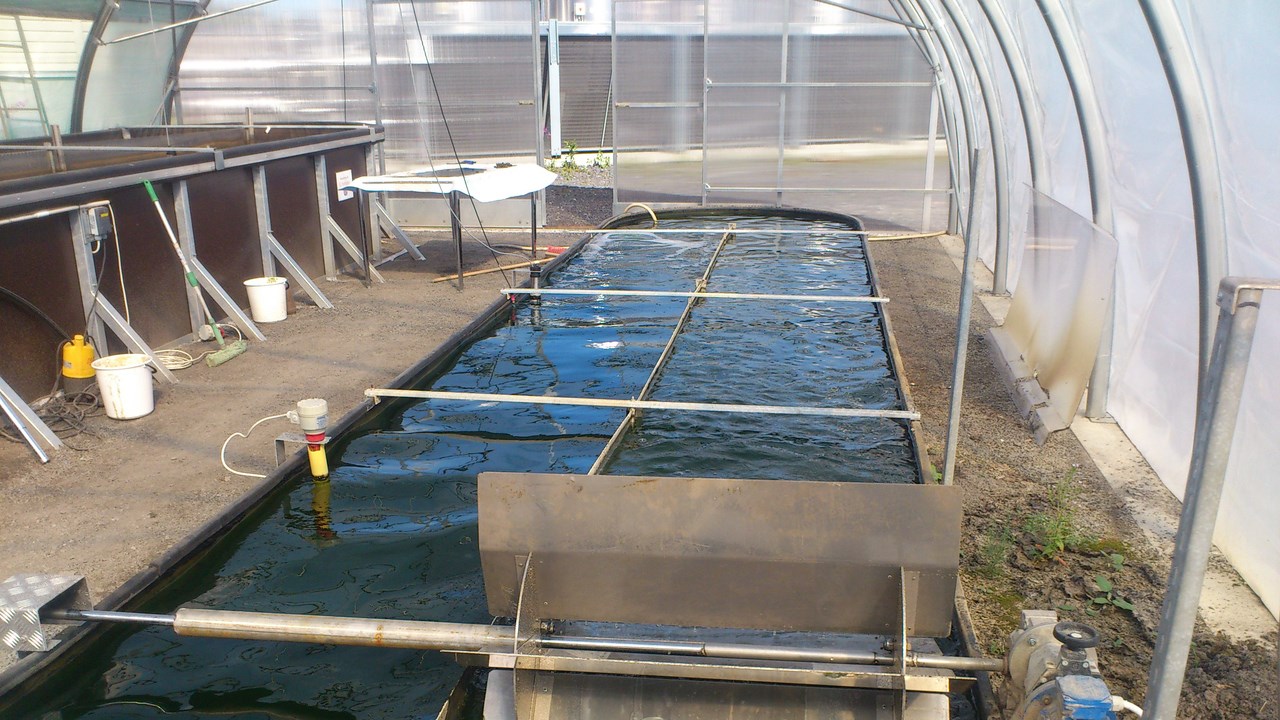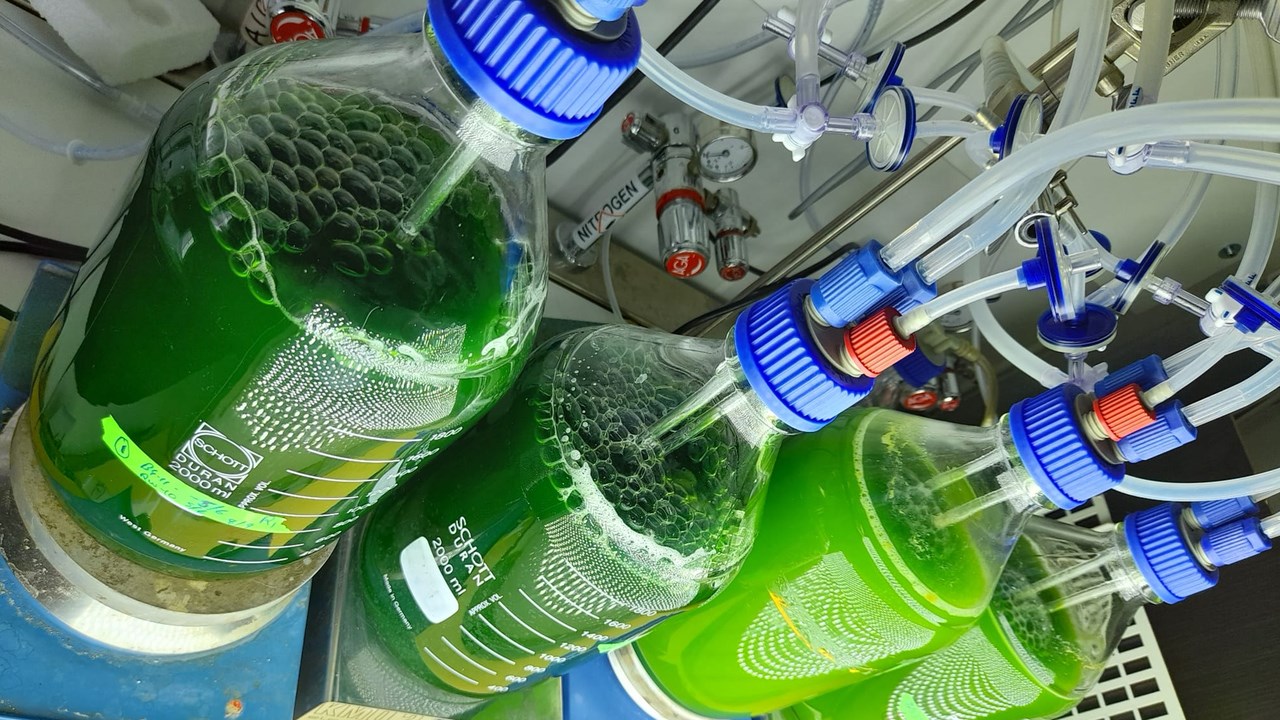About Waste2Plastic
The project Waste2Plastic – circular economy, recycling of CO2, nitrogen, phosphorus and water for bioplastics in a sustainable society has received over SEK 15 million from, among others, the Swedish Energy Agency’s strategic innovation program RE:Source, which focuses on developing circular and resource-efficient material flows that stay within the planet's boundaries.
The Waste2Plastic consortium consists of researchers from Umeå University (Christiane Funk, project manager, and Leif Jönsson), SLU (Francesco Gentili and Carmen Cristescu), RISE Processum (Lalie Kossatz and Pooja Dixit) and industrial partners.




